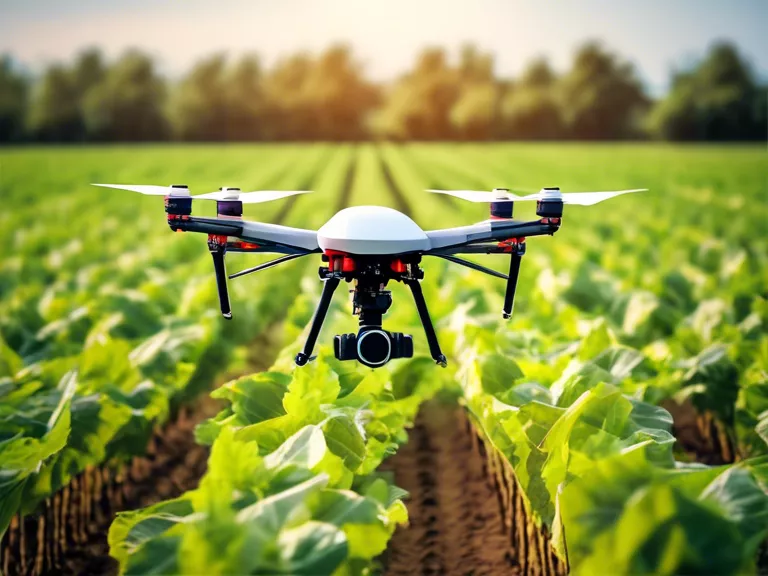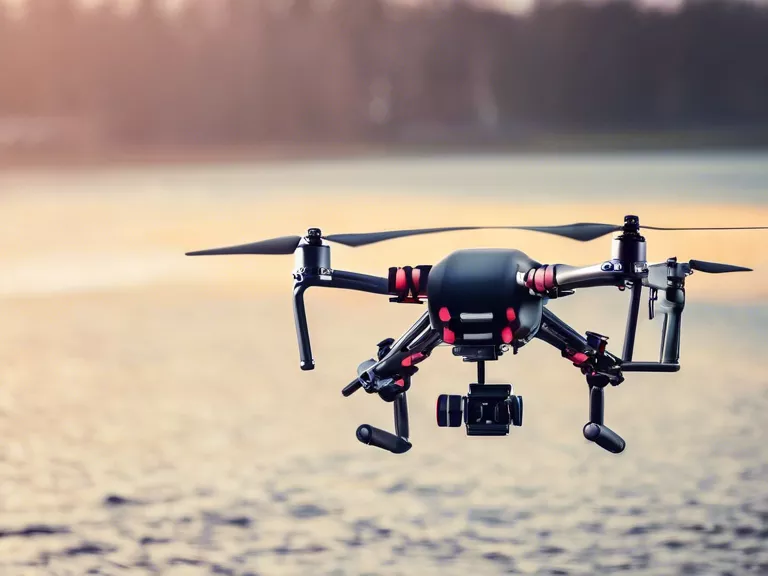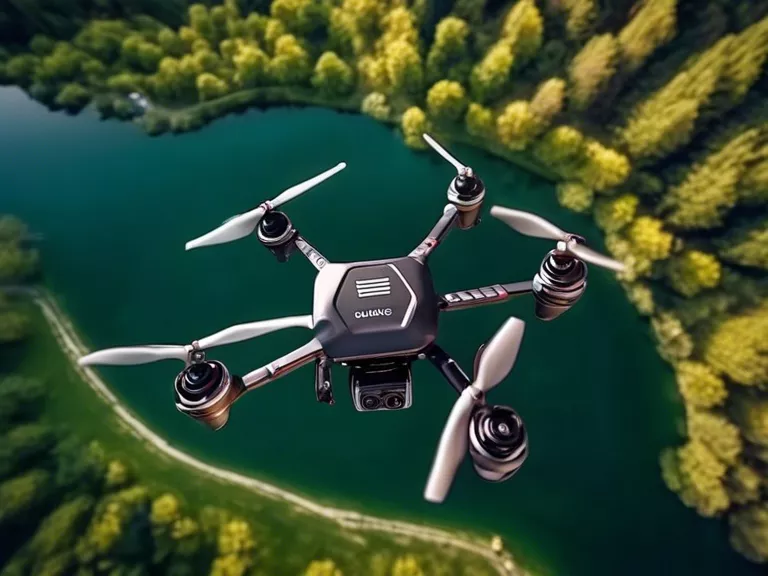
With advancements in technology, drones are now being increasingly used in agriculture to monitor crops and optimize yields. These unmanned aerial vehicles (UAVs) have revolutionized the way farmers manage their crops, providing them with valuable data and insights that were previously difficult to obtain. From assessing crop health to detecting pests and diseases, drones are playing a crucial role in modern agriculture.
One of the key benefits of using drones in agriculture is their ability to provide farmers with real-time data on the health of their crops. Equipped with specialized sensors and cameras, drones can capture high-resolution images of fields, allowing farmers to monitor crop growth and health. By analyzing these images, farmers can identify areas that may need attention, such as nutrient deficiencies or pest infestations, and take corrective actions in a timely manner.
Drones are also being used to optimize irrigation practices and fertilization schedules. By surveying the topography of fields and analyzing soil moisture levels, drones can help farmers determine the most efficient way to water their crops and apply fertilizers. This not only helps farmers conserve resources but also ensures that crops receive the right amount of water and nutrients, leading to higher yields.
Furthermore, drones are being used to detect pests and diseases in crops before they spread. By flying over fields and capturing detailed images, drones can help farmers identify early signs of infestations or infections, allowing them to take preventive measures and minimize crop damage. This early detection can save farmers time and money by avoiding the need for expensive treatments or crop losses.
Overall, drones are proving to be valuable tools in modern agriculture, helping farmers make informed decisions and optimize their yields. As technology continues to advance, drones are likely to play an even greater role in shaping the future of agriculture, improving efficiency, sustainability, and profitability for farmers around the world.



